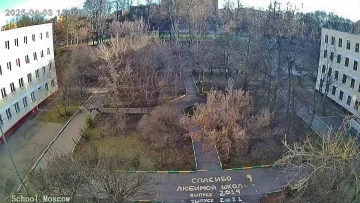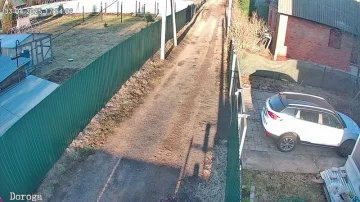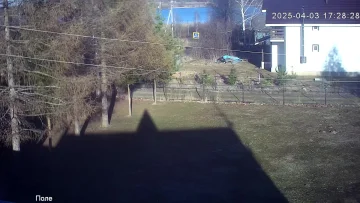AleXoR Weather 🌤
Проверяй погоду в Москве, Новой, Сенеже и Семенково.
Мы передаем актуальные данные с метеостанций в реальном времени!
Текущая погода
Столица России, крупнейший город страны.
6.1°C
🥶 Холодно (ощущается как 1.6°C)
Обновлено: 11.05.2025 18:40
Московская область, Солнечногорский район
3.0°C
🥶 Холодно (ощущается как -0.2°C), Высокая влажность
Обновлено: 11.05.2025 18:35
Московская область, Солнечногорский район
3.2°C
🥶 Холодно (ощущается как 0.9°C), Высокая влажность
Обновлено: 11.05.2025 18:40
Ярославская область, Ростовский муниципальный округ
3.6°C
🥶 Холодно (ощущается как 3.6°C), Высокая влажность
Обновлено: 11.05.2025 18:40
Камеры
Последние новости
Метеостанция на основе ESP8266
17.08.2017 | Наблюдение за погодой
Arduino Uno, 433MhzRx и метеостанция Oregon Scientific WMR86
17.09.2015 | Наблюдение за погодой
Интернет термометр
10.10.2008 | Наблюдение за погодой
Почему выбирают AleXoR Weather? 🌤
- Точность в реальном времени
Современные метеостанции обновляют данные ежеминутно. - Понятный анализ
Температура, давление, осадки — наглядно и просто. - Экспертный блог
Прогнозы от практикующих метеорологов. - История наблюдений
Архив погодных условий за годы.
С AleXoR Weather — вы всегда на шаг впереди погоды!
Все статьи


